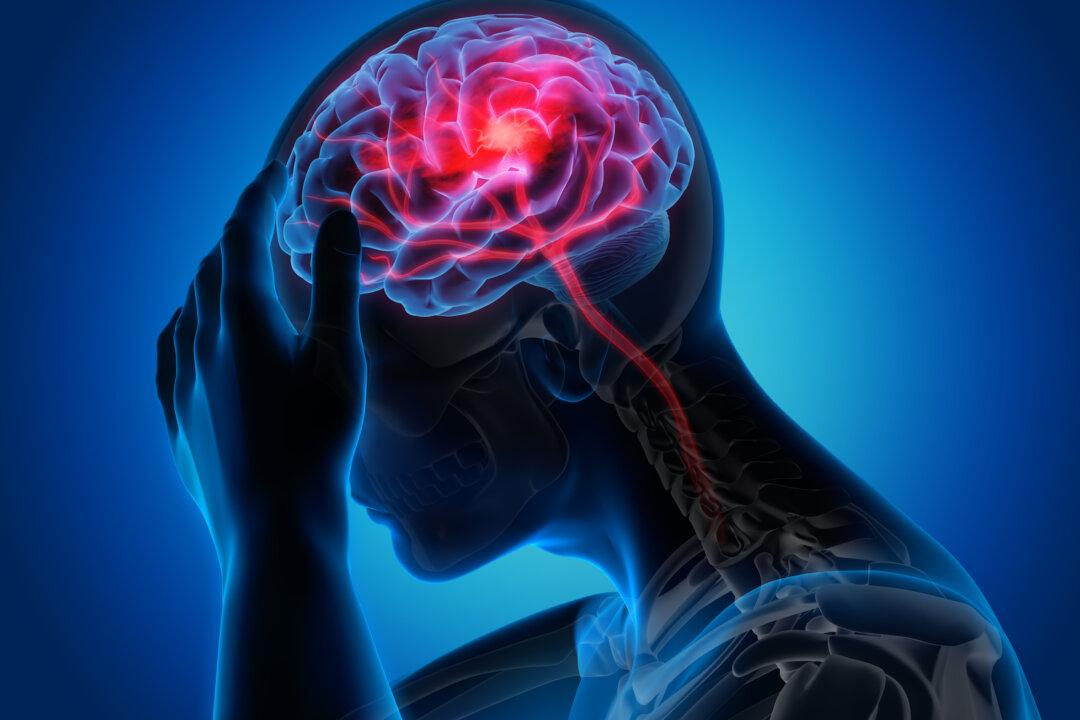A woman who was left severely paralyzed after suffering a stroke has been able to communicate again thanks to ground-breaking technology using artificial intelligence (AI) developed by researchers at the University of California, San Francisco (UCSF), and the University of California (UC), Berkeley.
Ann Johnson, a 47-year-old former high school math teacher in Canada, has been severely paralyzed since suffering a brainstem stroke at the age of 30.





